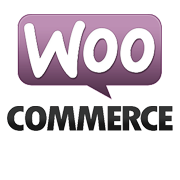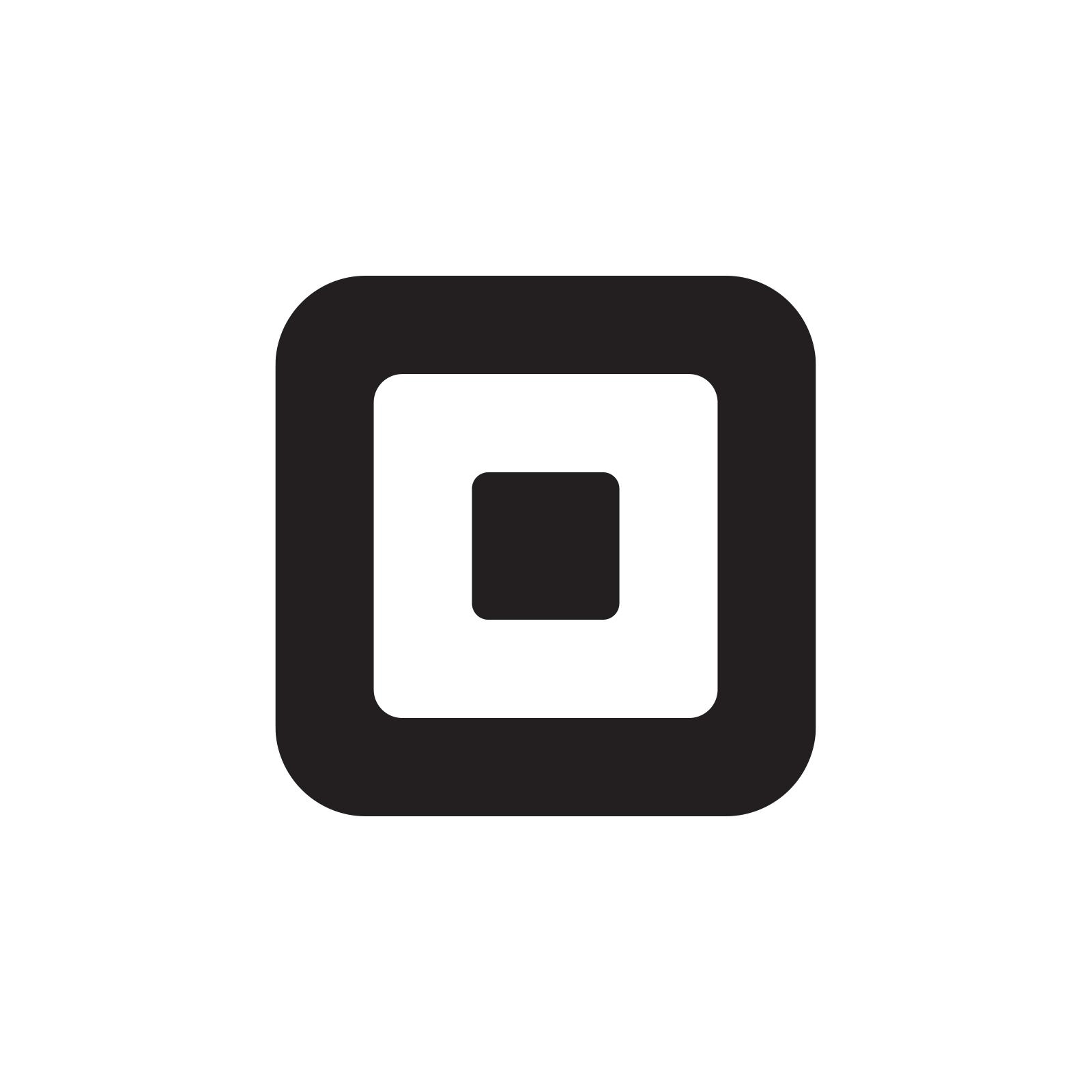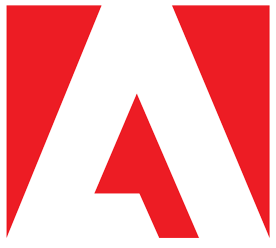On Developing A Career As An Independent Artist And Graphic Designer
Hello! Who are you and what business did you start?
Hi! My name is Justin Erickson and I am what you would call an independent artist.
My studio is located in Vancouver, British Columbia, Canada. I operate under the name of Justin Erickson Art. I’m best known for my traditional artwork. Specifically for the way, I depict butterflies, moths, and birds. I sell to art admirers of all ages, small to medium businesses, collectors, etc.
Despite the global pandemic, I am consistently earning between $500-$1,500 a month. That is down from last year, but it’s certainly not as glum as I was expecting when this all started.

What's your backstory and how did you come up with the idea?
I was born and raised in a small farming community in rural Alberta. As you can imagine there isn’t a lot to do out there. My interest in drawing and painting started when I could first hold a pencil. I would draw the cattle or the wildflowers, and the bugs I found. Eventually, my skills got pretty good.
After graduating I struggled with the idea of finding a career. I don’t think any of us really knew what we wanted at such a young age.
I ended up leaving the farm for Edmonton. I went to college there to study Business with a focus on hospitality and after job jumping for a few years I discovered It was crushing my soul.
I had been painting in my spare time and I would showcase my work at local events. I had a bit of a lightbulb moment during one of those events and decided I wanted to go back to college and study something creative. That’s when I discovered graphic design and digital illustration.
Afterward, my art career started to take shape.
Despite the starving artist myth. I began to consider a creative career as possible. I started to develop my brand. I picked up photography and started documenting my process and I started taking proper product photos etc. It elevated my work from a hobby to something professional.
When I wasn’t working on my brand I would design logos, brochures, and other collateral for clients. Without really realizing it I was creating my portfolio. I was discovering what kind of work I enjoyed.
Eventually, I was earning just as much through my art as I was at my day job. I got courageous and decided to leave my day job. I’ve been an independent artist since.
Take us through the process of designing, prototyping, and manufacturing your first product.
Oh, man! I don’t even know if I remember what my first product was. If it’s alright I think I’ll talk about the process of making prints. A piece of mine called “Liquid Monarch Butterfly.” was particularly frustrating. It is part of an ongoing series of paintings exploring the visual representation of thought, it was also one of the first paintings I had made into a limited edition print.

Printmaking isn’t easy. It’s not like you can just scan or photograph an original and boom it prints out perfectly. I wish it was that easy. I always design my prints in standard sizes. So that whoever buys one can walk into any home decor department and find a frame it will fit in.
It is so important to become part of your local community. I’m introverted so I wish I learned this one a bit faster. I have gotten more work from attending random events and talking to people than I have through digital marketing or social media.
The process starts after you’ve completed a piece, and usually takes about three weeks.
Most of my work won’t fit in a conventional scanner and needs to be photographed. You’ll need the basics. A tripod, your digital camera, a flat surface or easel, and of course lots of light. Preferably sunlight. Make sure you’re shooting in a RAW format, and it should be good to use.
If you don’t have the equipment most print shops offer this service, but they will charge a premium.
Once you have the photograph or the scan. You’ll need to send it to your printer. They will help your color balance and edit the image to their printer’s specifications. You just need to pick out the paper, or canvas you want to print on.
Then the test printing begins. These are called artist proofs. Usually, it takes between three to five proofs. It honestly depends on what colors the specific printer can create. The monarch butterfly has a very unique red/orange color. We got it right on the twelfth proof. Some artists will keep them and sell them. I did.
Now that we had the winning proof, I went ahead and got 25 printed as a limited edition run. I signed and numbered them, and they were ready for sale.
They have since sold, but I do have this piece available as an open edition print, I restock them every so often. It’s one of my most popular pieces. If you want more information I went into greater detail about the process here in my blog.
Describe the process of launching the business.
In my case, It wasn’t really a launch. It happened gradually over time. I’ve never had a brick and mortar store. I haven't needed a grand opening. Everything was heavily dependent on in-person events, gallery showings, markets, and so on. I always went to the customers.
It really started to feel like a business when my website with an online store went live, and again when I got a proper studio space. Unfortunately because of the pandemic, no one outside of my family has seen the new studio, but that will change soon. I hope.
It takes time, and there's definitely a lot of upfront costs. In my case, it was building up an inventory, investing in equipment, purchasing my adobe creative cloud subscription, event admission fees, exhibitor fees, merchant licensing, liability insurance, etc. It was a little overwhelming. I would take on the odd side job for a month or two to save up and purchase what I needed. As a result, I’ve kept the business’s debt fairly low.
Since launch, what has worked to attract and retain customers?
Word of mouth is crucial when it comes to a lot of the services I provide.
The time I spent in the hospitality industry has definitely proven to be an asset when it comes to customer retention. Everything revolves around customer service and they drill it into you.
I don’t like the formal approach. Never have. My emails, my website, even my contracts are on the informal side. They’re written to sound like you know me. Like we are discussing a logo or a painting over coffee. It’s a trick we’d use at a few hotels I worked for. It creates a sense of comradery, and it helps make communication between you and the client easier.
Get to know your clients. Remember their names, their spouse’s name, names of their family members, if they have children, even a few hobbies. Don’t be creepy about it, but it goes a long way. The more a client sees you as a friend, the more likely they will recommend you to their friends. You could do incredible work, but if they don’t feel like they have a relationship with you. They’re not going to help you outside of your original agreement.
One of the most successful things I do is a follow-up. Say someone gets me to design a logo for them. Three months after the job is done. I’ll call them and I’ll ask them how the logo is performing. If it’s easy for them to use, do they still enjoy how it looks, maybe they’ve noticed a positive change in the way customers view their brand.
90% of the time they don’t have much to say. The other 10% of the time there’s an issue with the way the logo looks against their stationary, or they think an element of the logo should be bigger. It’s usually a simple fix that I can adjust in a few minutes but to them, it’s great service.
How are you doing today and what does the future look like?
Today is a fairly typical day in the studio. Music is playing, I spent a few hours designing a new pattern, answered emails, checked on social media. Now I’m watching out the window as I answer these questions.
Short term, I hope to complete what I call “The Botanical Project” within the next month or so. It is a body of work focusing on raising awareness towards the decline in bee populations. The featured flowers were meticulously chosen for their symbolism and their ability to attract pollinators. Once completed It will Include five original paintings, a custom pattern, and a series of greeting cards. Once one of these items sells a portion of the sale will be donated towards bee conservation efforts.
Long term, I plan to launch a curated service that features local artists in an online gallery space, which will eventually become an actual gallery. It’s still in the early planning stages. I don’t have much more to tell you about it, to be honest. Just that I’ve decided to call it Arcturus. I’ve rounded up the domains, and social media handles, and I’ve started designing the website.
Through starting the business, have you learned anything particularly helpful or advantageous?
It is so important to become part of your local community. I’m introverted so I wish I learned this one a bit faster. I have gotten more work from attending random events and talking to people than I have through digital marketing or social media.
I also try to keep my ear to the ground for new trends, or exciting events that I could adapt or take advantage of.
Like Pantone’s color of the year. I always try to create a piece featuring the color. This year the color was classic blue. I used it to create a piece called “liquid Morpho Butterfly”. It helps keep me creative.

Recently, here in Vancouver, we experienced a boom in the Hemlock Looper moth population. There were thousands of them fluttering around. Everyone started calling it the moth apocalypse. It was too perfect an opportunity to pass up. So I painted one! It was my most viewed piece while the boom lasted.
Celebrate the little wins and enjoy the fact that you’re doing what you love. Don’t take it for granted.

Another thing I like to do is a journal. Sometimes it gets difficult to track progress or productivity. Before I started writing things down I would always feel this underlying stress that I didn’t do enough in a day. I make a goal for the week, and In point form, I write down the different tasks I completed throughout the day. It got easier to track what I accomplished and the stress started to go away. It allowed me to relax and find a healthier balance between work and rest.
What platform/tools do you use for your business?
I use the Adobe Creative Suite daily. Predominantly Indesign, Illustrator, and photoshop.
I swear by WordPress and WooCommerce. I’m not a web developer but I was able to build and create a working website and in my opinion, there’s no better platform for SEO.
Everything is already built-in. Set up is easy, and if you get stuck, their customer support team is right there.
I use Square for my point of sales system. It’s also very easy to use and navigate. It can sync with WooCommerce. Making inventory management much easier.
What have been the most influential books, podcasts, or other resources?
Three books come to mind.
The Non-Designers Design Book by Robin Williams. No… It’s not the Robin you’re thinking of. One of my profs swore by this book, especially if you’re just starting.
The Brand Gap by Marty Neumeier. This book helped me refine what I learned in college.
Creative Strategy and the Business of Design by Douglas Davis. I’m not gonna lie, I found this book really difficult to read. However, it did help me learn how to talk business with someone who is more analytical than myself.
Advice for other entrepreneurs who want to get started or are just starting?
The best thing, in my experience, you can do for yourself and your business is to be genuine with yourself. Make decisions that don’t compromise your specific set of morals. Your clients will respect you for it and as a bonus, you’ll be happier within your business.
Try not to compare yourself to your competition. I have seen individuals make this mistake often. I’m guilty of it from time to time as well.
I sometimes look at other artists and think “wow those paintings look like photographs'' look at my own work and suddenly feel like it’s not adequate. That’s bullshit but it happens. It’s fine to observe and learn from them, but there is a fine line between constructive learning and creating the illusion of doubt.
As an entrepreneur, we’ve chosen a life of constant change. Something happens. We adapt, and we must continuously learn. That's part of the excitement! Celebrate the little wins, and enjoy the fact that you’re doing what you love. Don’t take it for granted.
Where can we go to learn more?
If you have any questions or comments, drop a comment below!

Download the report and join our email newsletter packed with business ideas and money-making opportunities, backed by real-life case studies.

Download the report and join our email newsletter packed with business ideas and money-making opportunities, backed by real-life case studies.

Download the report and join our email newsletter packed with business ideas and money-making opportunities, backed by real-life case studies.

Download the report and join our email newsletter packed with business ideas and money-making opportunities, backed by real-life case studies.

Download the report and join our email newsletter packed with business ideas and money-making opportunities, backed by real-life case studies.

Download the report and join our email newsletter packed with business ideas and money-making opportunities, backed by real-life case studies.

Download the report and join our email newsletter packed with business ideas and money-making opportunities, backed by real-life case studies.

Download the report and join our email newsletter packed with business ideas and money-making opportunities, backed by real-life case studies.










